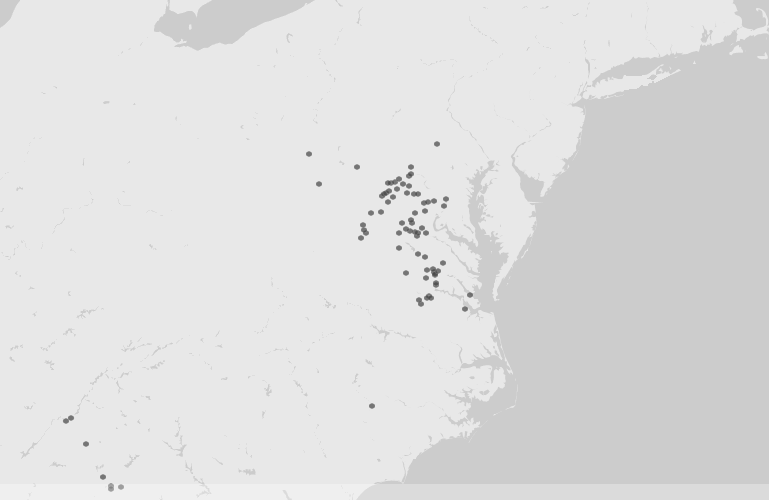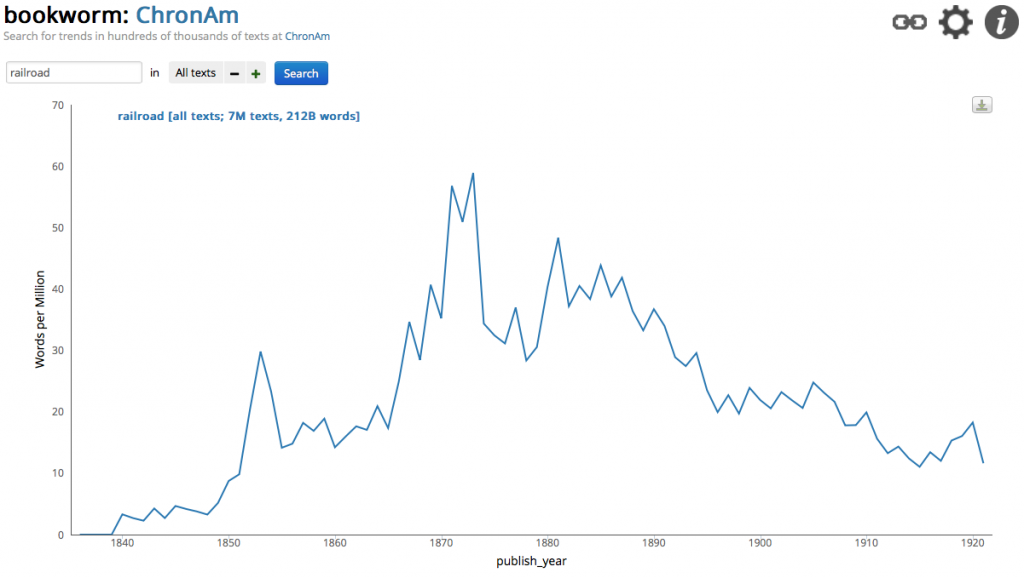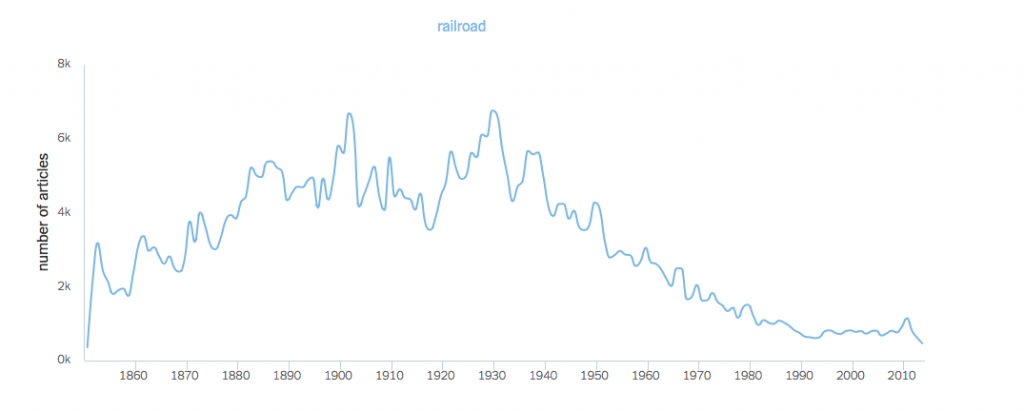Once I was able to finally get Omeka installed on my website, the program proved quite easy to use, which was great! I decided to use image files from the photo album of Henry W. Schweigert, which is an example of the earlier styles of photo albums that were used to contain cartes-de-visite. The album dates back to the 1870s, and I had scanned all 50 pages of it during the summer but have not been able to put them online yet, as part of my Henry Schweigert Diary project. I thought Omeka might be a good option to try out for this, and so far I think it is proving to be easy to work with.
The trickiest part about using Omeka was creating consistent metadata for my items. I had to go back and forth between the items I had already created and the one I was currently editing, to make sure I was using the same vocabulary. I created a collection for the photo album and then placed all of the items into that collection as I added them. I changed the theme from “Thanks, Roy” to “Berlin” and also installed a plug in called “Item Order” so that I could arrange the items in a specific order. In this case, I wanted to resemble the page order of the photo album. However, when you are viewing the Schweigert Family Photo Album collection page, you can only see the first five items, even though there are six. I tried adjusting all the possible settings to reveal all, but I’m thinking this page just might be a preview page, and I will need to do some research on fixing this, if at all possible. You can see all six items if you select “Browse Items” but they are not in the correct order.
I’m excited to keep learning more about how to customize my Omeka installation, as there are lots of plug ins that I am eager to explore. Besides the trouble that I originally had installing it on my own server space, I think Omeka is a worthy tool of presenting historical collections online. Had I originally used Reclaim for my hosting, I wouldn’t have had such difficulty. Eventually my tech support people were able to fix the problem, which I am grateful for.


